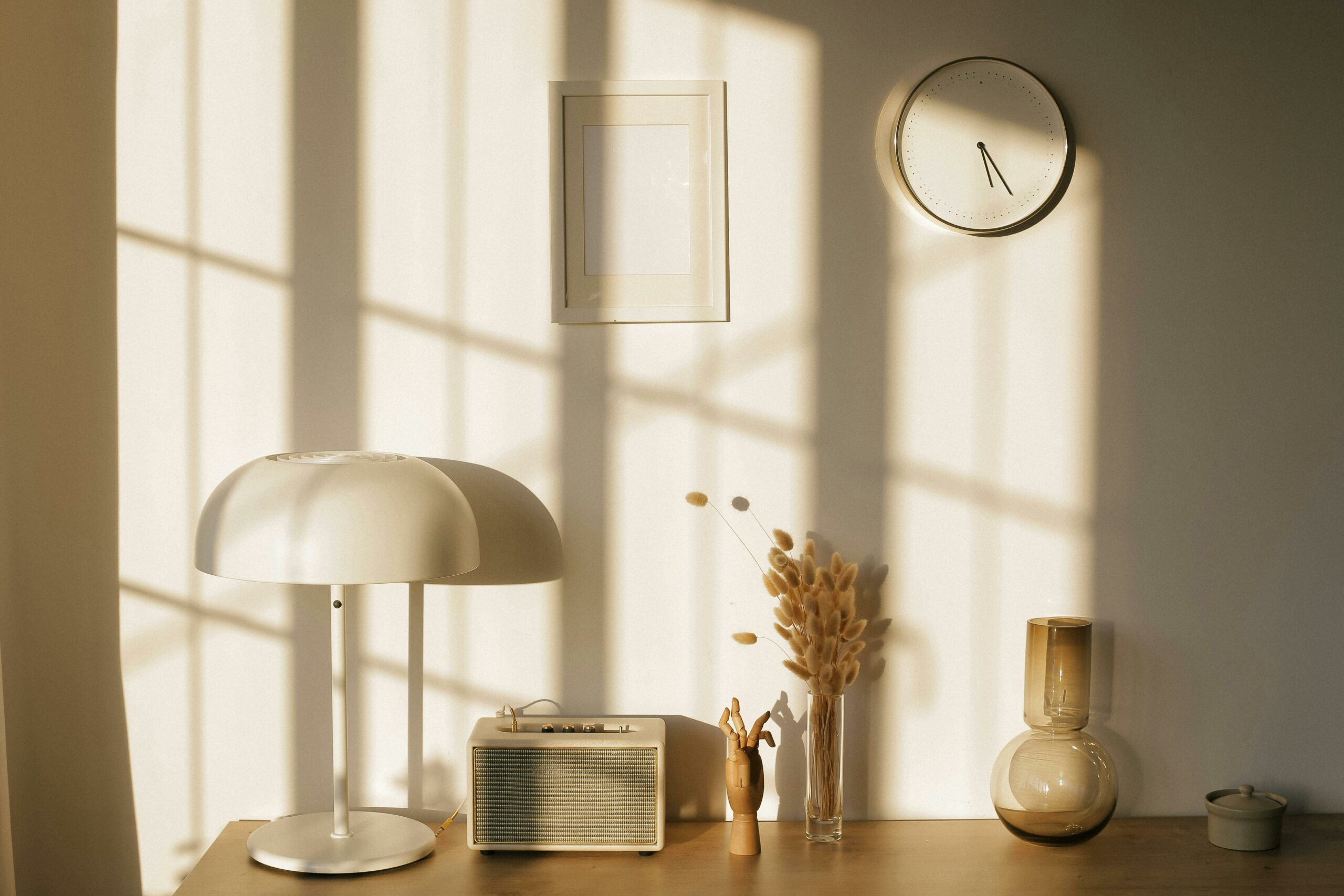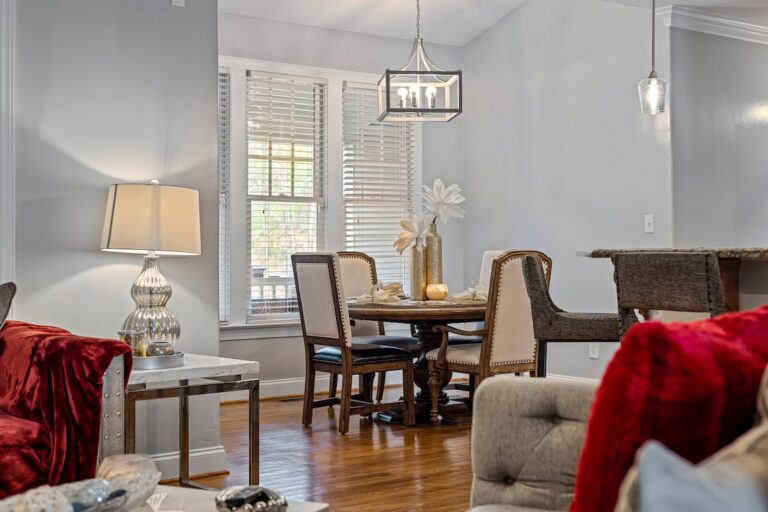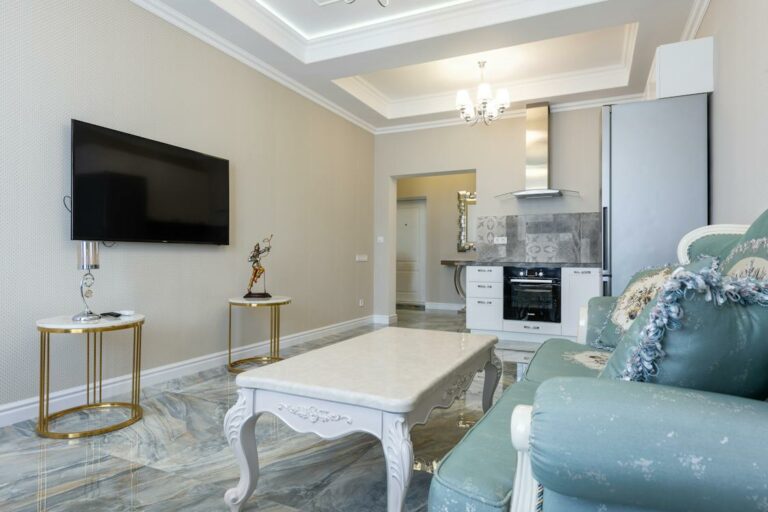The Impact of Lighting in Home Decoration: Tips and Tricks
Lighting is often overlooked in the world of home decoration, but it has a significant impact on the overall look and feel of a space. Whether you’re designing a cozy living room or a sleek modern kitchen, getting the lighting right can make all the difference. It is not just about the practicality of having enough light to see; it’s about creating an atmosphere, enhancing architectural features, and adding depth to a room.
In this article, we will explore the role and impact of lighting in home decoration. We will discuss how lighting can create visual depth, highlight architectural details, set the mood, and increase functionality in different areas of your home. We will also delve into the various types of lighting available, including ambient lighting, task lighting, and accent lighting. Additionally, we will explore different lighting fixture options such as chandeliers, wall sconces, floor and table lamps, and recessed or track lights.
Furthermore, we’ll provide you with valuable tips for effective home lighting decoration, including how to balance different types of light, understand the room’s function, concentrate on key points in the room, and consider the bulb type. Plus, we’ll share some tricks for impact of lighting in home decoration, like using dimming technology, incorporating natural light, layering light, and using light as an artistic element.
So, if you’re ready to transform your home with strategic lighting choices, read on to discover our expert tips and tricks for achieving the perfect lighting in your space. It’s time to take your home decoration to the next level with the power of lighting!
Table of Contents
The Role and Impact of Lighting in Home Decoration

Lighting plays a crucial role and impact of lighting in home decoration, going beyond mere functionality to enhance the overall aesthetics and ambiance of a space. The right lighting can create visual depth, highlight architectural details, set the mood, and increase functionality. Let’s explore each of these aspects in more detail:
Creating a Visual Depth
Proper lighting can create an illusion of depth and make a room feel more spacious. By strategically placing lights at different levels and angles, you can emphasize certain areas, giving them a three-dimensional effect.
Here are a few techniques to achieve visual depth in your home:
- Layered Lighting: Use a combination of ambient, task, and accent lighting to create layers of illumination that add depth and dimension.
- Wall Sconces: Install wall sconces to provide indirect lighting and create interesting shadows, adding depth to your walls.
- Backlighting: Install lights behind objects like artwork or architectural features to create a halo effect, drawing attention and adding depth.
Highlighting Architectural Details
Lighting can be used to accentuate architectural details and bring them to the forefront. Whether it’s a beautiful fireplace, intricate molding, or an architectural feature, the right lighting can make these elements stand out.
Here are a few ways to highlight architectural details:
- Spotlights: Use spotlights to direct light onto specific areas, illuminating these details and drawing attention to their beauty.
- Cove Lighting: Install cove lighting along crown moldings and architectural edges to create a soft, indirect glow that highlights the contours.
- Track Lighting: Install track lighting to illuminate a series of architectural features, such as a display wall or bookshelves, giving them a focal point.
Setting the Mood
Lighting has the power to create different moods and atmospheres within a space, making it an essential tool for home decoration. By adjusting the intensity, color temperature, and direction of light, you can transform the ambiance of a room.
Consider the following techniques to set the mood:
- Dimmer Switches: Install dimmer switches to have control over the brightness levels, allowing you to create different moods for various activities or occasions.
- Warm vs. Cool Lighting: Use warm-toned lights, such as incandescent bulbs, for a cozy and intimate ambiance, or cool-toned lights, like daylight bulbs, for a bright and energizing atmosphere.
- Decorative Lighting Fixtures: Choose lighting fixtures that complement your desired theme or style, whether it’s a sleek and modern pendant for a contemporary vibe or a chandelier for an elegant touch.
Increasing Functionality
Lighting is not only about aesthetics but also about practicality. Properly illuminated spaces improve functionality and make everyday tasks easier.
Consider these lighting solutions to increase functionality:
- Task Lighting: Install task lighting in areas where specific activities take place, such as a desk lamp for reading or under-cabinet lighting in the kitchen for food preparation.
- Overhead Lighting: Use overhead lighting in high-traffic areas, ensuring sufficient brightness for moving around safely.
- Focal Point Lighting: Illuminate key areas or objects that require attention, such as a statement artwork or a striking piece of furniture.
By understanding the role and impact of lighting in home decoration, you can transform your space into a visually appealing and functional environment. Experiment with different lighting techniques and fixtures to create the desired ambiance and showcase the architectural details of your home. Remember, lighting is an art form that can completely transform the atmosphere of a room, so don’t be afraid to get creative and have fun with it!
Types of Home Lighting

Lighting plays a crucial role in setting the mood and functionality of a space. Understanding the different types of lighting available can help you create a well-lit and inviting environment in your home or workplace. In this section, we will explore three common types of lighting: ambient lighting, task lighting, and accent lighting.
Ambient Lighting
Ambient lighting, also known as general lighting, is the primary source of light in a room. It provides overall illumination and helps create a cozy and comfortable atmosphere. Ambient lighting should be evenly distributed throughout the space to eliminate any harsh shadows or dark corners.
Some popular examples of ambient lighting include:
- Ceiling-mounted fixtures: These fixtures, such as chandeliers or flush-mount lights, are a common choice for ambient lighting in living rooms, dining rooms, and bedrooms.
- Recessed lighting: Recessed lights, installed in the ceiling, provide a clean and seamless look while evenly illuminating the entire room. They are ideal for kitchens, bathrooms, and hallways.
- Wall sconces: Wall sconces add a touch of elegance to any room while providing soft and indirect lighting. They can be used in bedrooms, living rooms, and hallways to create a warm and inviting atmosphere.
Task Lighting
Task lighting is designed to provide focused illumination for specific activities such as reading, writing, or cooking. It helps reduce eye strain and increases productivity in areas where detailed tasks are performed.
When incorporating task lighting into a space, consider the following options:
- Desk lamps: Desk lamps with adjustable heads and brightness levels are perfect for home offices and study areas. They provide direct light to the work surface, allowing for enhanced focus and concentration.
- Under-cabinet lighting: Installing under-cabinet lights in the kitchen can make food preparation easier by illuminating the countertop. This type of task lighting is functional and adds a touch of style to the space.
- Floor lamps: Floor lamps with adjustable arms or heads are versatile options for task lighting in living rooms or bedrooms. They can be positioned to provide direct light for activities such as reading or crafting.
Accent Lighting
Accent lighting is used to highlight specific areas, objects, or architectural features in a room. It adds depth and visual interest, creating a focal point within the space.
Here are some examples of accent lighting:
- Track lighting: Track lighting systems allow you to direct the light onto particular objects or areas, such as artwork or architectural details. They are flexible and can be adjusted to suit changing displays or designs.
- Picture lights: Picture lights are mounted on or above artwork to draw attention to the piece and enhance its visual impact. They are often used in galleries or home galleries to create a museum-like ambiance.
- Cove lighting: Cove lighting involves installing LED strips or rope lights along the ceiling’s perimeter or inside a recessed ledge. It produces a soft glow that highlights architectural features, such as tray ceilings or cornices.
Remember, combining different types of lighting in a space can create a layered and visually appealing effect. Experiment with various lighting fixtures and techniques to achieve the desired ambiance and functionality.
Also Read : Creating Ambiance with Minimalist Lighting Ideas for 2024
Lighting Fixture Options

Lighting fixtures play a vital role in shaping the atmosphere and functionality of a space. Whether you’re looking to add a touch of elegance, create a cozy ambiance, or provide task lighting, there’s a wide array of options to choose from. Here are some popular lighting fixture options to consider:
Chandeliers
Chandeliers are the epitome of grandeur and sophistication. These hanging fixtures feature multiple arms or branches that support a series of light bulbs. Chandeliers are often found in formal dining rooms, entryways, or high-ceilinged spaces, where they can take center stage and make a statement. With their decorative designs and luxurious finishes, chandeliers bring a touch of elegance to any room.
Wall Sconces
Wall sconces offer a versatile lighting solution that adds both style and functionality to a space. These fixtures are mounted on walls to provide a soft, ambient glow or focused task lighting. Wall sconces are commonly used in hallways, bathrooms, and living rooms to complement other sources of illumination or create a cozy atmosphere. They come in a variety of designs, including traditional, modern, and industrial styles, allowing you to find the perfect match for your aesthetic preferences.
Floor and Table Lamps
Floor and table lamps are portable lighting options that can be easily moved around as needed. These versatile fixtures are ideal for adding task lighting or accentuating specific areas in a room. Floor lamps are perfect for illuminating dark corners or providing overhead light without the need for installation. Table lamps, on the other hand, can be placed on bedside tables, desks, or side tables to create a cozy reading nook or provide task lighting. With endless designs and sizes available, floor and table lamps allow you to express your personal style while bringing functionality to your space.
Recessed or Track Lights
For a sleek and minimalist lighting solution, recessed or track lights are an excellent choice. Recessed lights are installed directly into the ceiling and provide a clean, streamlined look. They are often used in kitchens, bathrooms, or hallways to provide general or accent lighting. On the other hand, track lights consist of a linear track that holds multiple adjustable light fixtures. With their flexibility and customizable options, track lights are perfect for highlighting artwork, architectural features, or specific areas in a room.
In conclusion, when it comes to impact of lighting in home decoration, there’s something for everyone’s taste and lighting needs. From the grandeur of chandeliers to the versatility of floor and table lamps, each option brings its own unique charm and functionality. Consider the style of your space, the purpose of the lighting, and your personal preferences when choosing the right fixtures. Remember, the right lighting can transform a space and create the desired ambiance for any occasion.
Tips for Effective Home Lighting Decoration
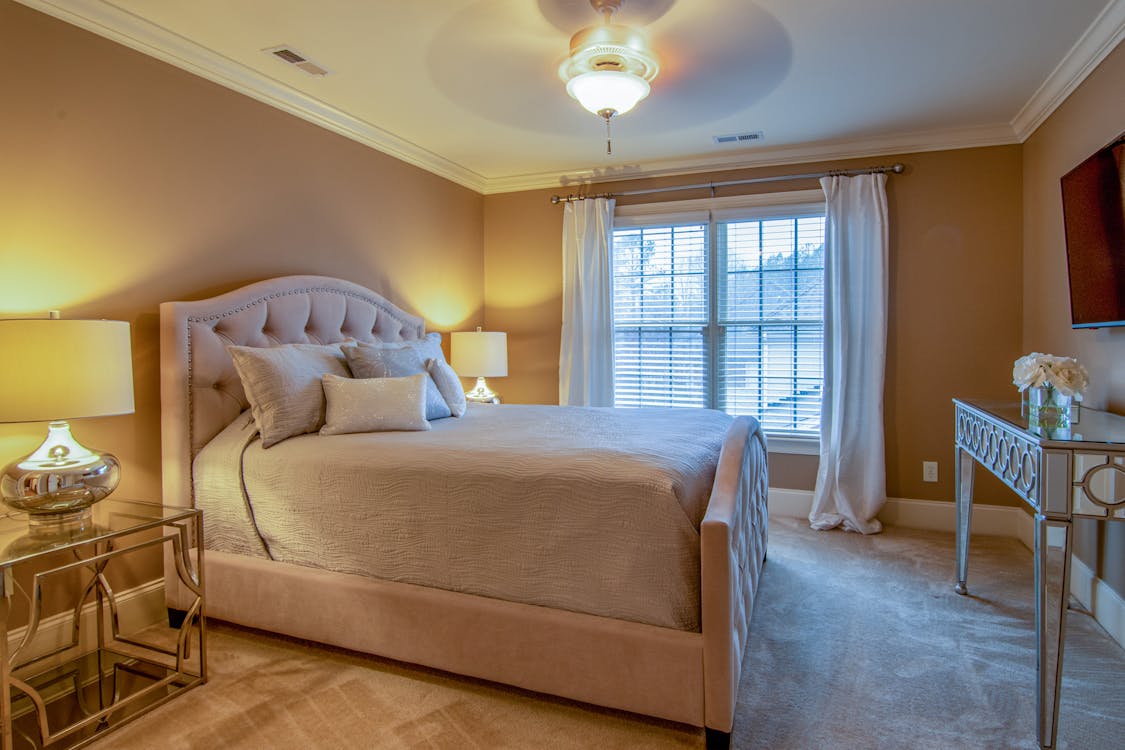
When it comes to impact of lighting in home decoration, lighting plays a crucial role in setting the mood and enhancing the overall ambiance. Whether you’re looking to create a cozy atmosphere in your living room or a bright and energizing space in your kitchen, choosing the right lighting can make a significant difference. Here are some tips to help you achieve effective home lighting decoration:
Balancing Different Types of Light
To create a well-rounded lighting scheme, it’s essential to balance different types of light throughout your space.
Here are a few key types of lighting to consider:
- General Lighting: This provides overall illumination to a room and is usually achieved through overhead fixtures like chandeliers, pendant lights, or recessed lights.
- Task Lighting: Task lighting focuses on specific areas where you perform tasks like reading, cooking, or working. Desk lamps, under cabinet lights, and pendant lights are great options for task lighting.
- Accent Lighting: Accent lighting is used to highlight specific features in your room, such as artwork, architectural details, or plants. Wall sconces, track lights, or picture lights can be used for accent lighting.
By incorporating these different types of lighting, you can create layers of light that not only illuminate your space but also add depth and visual interest.
Understand the Room’s Function
When planning your lighting scheme, it’s important to consider the function of each room. Different rooms have different lighting needs and requirements. For example:
- Living Room: This is typically a multifunctional space where you relax, entertain guests, and watch TV. To create a cozy and inviting atmosphere, a combination of ambient lighting and task lighting works best. Floor lamps, table lamps, and dimmable overhead lights are popular choices for living room lighting.
- Kitchen: As a functional space where food preparation takes place, the kitchen requires adequate task lighting. Under-cabinet lights, pendant lights over the island or sink, and recessed lights can provide the necessary illumination.
- Bedroom: The bedroom should be a calming and relaxing space for rest. Soft, ambient lighting combined with bedside lamps for reading can help create a soothing atmosphere. Wall sconces or recessed lights with dimmer switches can be great for adjusting the light levels to suit your mood.
Understanding the specific needs of each room will guide you in selecting the appropriate lighting fixtures and placement.
Concentrating on Key Points in the Room
To draw attention to certain areas or features in a room, it’s important to focus the lighting on these key points.
Here are a few examples:
- Focal Point Lighting: If you have a beautiful fireplace, a piece of artwork, or a statement wall, consider installing accent lighting to highlight these focal points. This will help add depth and drama to your space.
- Architectural Feature Lighting: If your room has unique architectural details like exposed beams, crown molding, or textured walls, use lighting to accentuate these elements. Wall-washing or grazing lighting techniques can enhance the beauty of these features.
- Indoor Plants: If you have indoor plants or a designated plant corner, use specially designed plant lights to ensure your greenery thrives. These lights provide the right spectrum of light for optimal plant growth and can also be aesthetically pleasing.
By strategically placing lights to illuminate key points, you can create a visually stunning and well-balanced space.
Considering the Bulb Type
The type of bulb you choose can significantly impact the overall look and feel of your room.
Here are a few options to consider:
- Incandescent Bulbs: These bulbs produce a warm, soft light and are suitable for creating a cozy atmosphere in living spaces. However, they are less energy-efficient compared to other types of bulbs.
- LED Bulbs: LED bulbs are energy-efficient, durable, and come in a variety of color temperatures. They are great for general and task lighting and have a long lifespan.
- Halogen Bulbs: Halogen bulbs produce a bright, white light and are commonly used for task lighting in kitchens or bathrooms. They are more energy-efficient than incandescent bulbs but less so compared to LEDs.
When selecting bulbs, pay attention to their color temperature (measured in Kelvin) as it can affect the ambiance of the room. Warm white (2700K-3000K) is cozy and inviting, while cool white (3500K-4000K) is more energizing and suitable for task-oriented spaces.
In summary, effective impact of lighting in home decoration involves balancing different types of light, understanding the function of each room, focusing on key points, and considering the bulb type. By following these tips, you can create a well-lit and visually appealing home that perfectly suits your needs and enhances your overall living experience.
Tricks for Effective Home Lighting Decoration
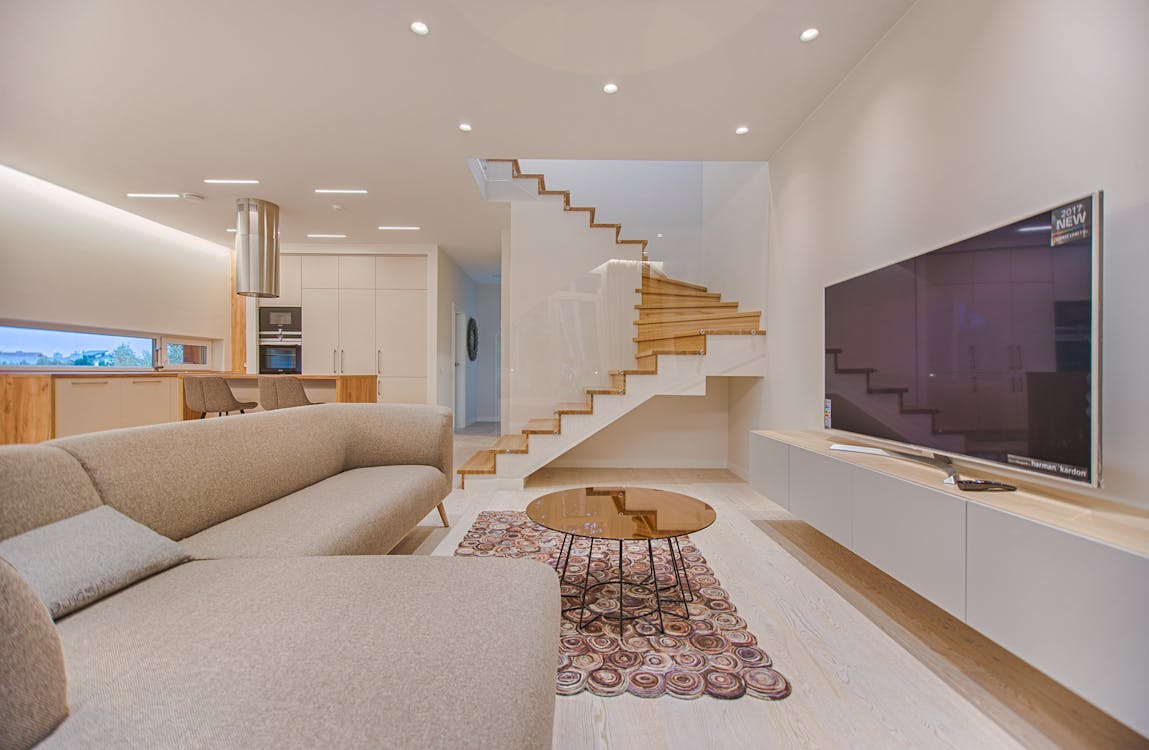
When it comes to impact of lighting in home decoration, there are a few tricks that can transform any space into a cozy and inviting atmosphere. By considering factors such as dimming technology, natural light, layering light, and using light as an artistic element, you can create a visually pleasing and functional lighting design that complements your home’s interior.
Using Dimming Technology
One of the most effective tricks for impact of lighting in home decoration is utilizing dimming technology. This feature allows you to adjust the intensity of your lights to create various moods and ambiance throughout the day.
Here’s why should consider incorporating dimming technology into your lighting design:
- Energy Efficiency: Dimming your lights can save energy and reduce your electricity bills. By lowering the light intensity, you consume less electricity while maintaining a comfortable level of illumination.
- Versatility: Dimming technology offers you the flexibility to customize the lighting in each room according to its specific purpose. Whether you want bright task lighting for reading or a soft and warm glow for relaxation, dimmers allow you to achieve the perfect ambiance.
- Longer Bulb Lifespan: Dimming your lights can extend the lifespan of your bulbs by reducing the strain on them. By dimming the lights to a lower intensity, you can reduce the heat generated by the bulbs, thereby increasing their longevity.
Incorporating Natural Light
Natural light is a valuable asset when it comes to home decor. It not only enhances the aesthetic appeal of your space but also provides numerous health benefits.
Here are a few tips for incorporating natural light into your home lighting decoration:
- Maximize Windows: Arrange your furniture in a way that allows natural light to flow into the room without obstruction. Avoid covering windows with heavy curtains or blinds that block sunlight. Opt for sheer or light-colored window treatments that filter the light while maintaining privacy.
- Reflective Surfaces: Incorporate mirrors, glass tables, or shiny accessories to reflect natural light and make the room feel brighter and more spacious. Strategically placing these reflective surfaces can amplify the natural light and create a luminous ambiance.
- Skylights and Light Tubes: Consider installing skylights or light tubes that allow natural light to enter rooms that are lacking in windows. These architectural features add a unique touch to your home while providing an abundant source of natural light.
Layering Light
Layering light is a technique that involves combining different sources and types of lighting to create depth and dimension in a space.
Here’s how you can effectively layer light in your home:
- Task Lighting: Install focused lighting, such as desk lamps or under-cabinet lights, for specific activities like reading, cooking, or working. These targeted sources of light provide ample illumination for tasks that require attention to detail.
- Ambient Lighting: Use overhead fixtures, such as chandeliers or flush mounts, to provide general illumination and distribute light evenly throughout the room. This type of lighting creates a warm and inviting atmosphere and serves as the foundation of your lighting design.
- Accent Lighting: Highlight architectural features, artwork, or decorative objects with accent lighting. Use adjustable spotlights or wall sconces to draw attention to focal points and create visual interest in the room.
- Decorative Lighting: Incorporate decorative lighting elements like pendant lights, chandeliers, or decorative lamps to add style and personality to your space. These fixtures not only provide illumination but also double as statement pieces that enhance the overall aesthetic of the room.
Using Light as an Artistic Element
Lighting can be used as a creative and artistic element in home decoration.
Here are a few ideas to help you use light in artistic ways:
- Colorful Lighting: Use colored light bulbs or LED strips to create a vibrant and unique ambiance in your space. You can place these lights behind furniture, under cabinets, or along the baseboards to add a pop of color and create a visually dynamic environment.
- Shadow Play: Experiment with light fixtures that cast interesting shadows on your walls or ceiling. Play with different angles and positions to create captivating patterns and shapes that add a touch of intrigue to your home.
- Statement Lighting Fixtures: Choose statement lighting fixtures that serve as eye-catching centerpieces in your rooms. From modern and sleek designs to ornate and vintage-inspired pieces, these fixtures not only provide light but also make a powerful style statement.
By incorporating these tricks for impact of lighting in home decoration, you can create a visually engaging and functional lighting design that transforms your space into a cozy haven. So, get creative, experiment with different lighting techniques, and let your home shine.
Conclusion
In conclusion, lighting plays a crucial role and impact of lighting in home decoration, impacting not only the aesthetics but also the functionality of a space. By creating visual depth, highlighting architectural details, setting the mood, and increasing functionality, lighting can transform the ambiance of a room and enhance the overall design.
Understanding the different types of lighting, such as ambient lighting, task lighting, and accent lighting, provides a foundation for effective home lighting decoration. By choosing the right lighting fixtures, such as chandeliers, wall sconces, floor and table lamps, and recessed or track lights, homeowners can further customize the lighting in their space to suit their style and needs.
To achieve optimal results, it is important to consider tips for effective impact of lighting in home decoration. Balancing different types of light, understanding the room’s function, concentrating on key points in the room, and considering the bulb type are all essential aspects to keep in mind.
In addition, there are impact of lighting in home decorationthat can take the design to the next level. Dimming technology allows for flexibility in adjusting the brightness of the lights, while incorporating natural light brings a refreshing and organic element to the space. Layering light creates depth and adds visual interest, while using light as an artistic element allows for creative expression.
Overall, when it comes to impact of lighting in home decoration, paying attention to lighting is key. With the right lighting choices and techniques, homeowners can create a harmonious and inviting atmosphere in their living spaces.
Remember to check out Arkitecture Today for more inspiration and ideas on architecture, home and interior design, and decoration!
Frequently Asked Questions
- How does impact of lighting in home decoration?Lighting plays a significant role and impact of lighting in home decoration as it can enhance the ambiance, highlight architectural features, create focal points, and set the mood in different areas of the house.
- What are the different types of lighting used in home decoration?There are three primary types of lighting used in home decoration: ambient lighting, task lighting, and accent lighting. Ambient lighting provides overall illumination, task lighting focuses on specific activities, and accent lighting highlights certain objects or areas.
- What are some lighting techniques to improve the aesthetics of a room?To enhance the aesthetics of a room, you can use techniques like layering lights of different intensities, incorporating dimmer switches, utilizing statement light fixtures, adding decorative lamps or sconces, and utilizing natural light through windows or skylights.
- How can lighting affect the perceived size of a room?Lighting can visually impact the size of a room. By using bright and evenly distributed ambient lighting, a room can appear more spacious. Conversely, using lower or focused lighting can create a cozier and smaller atmosphere.
- What are some tips for choosing the right lighting fixtures for home decoration?When selecting lighting fixtures for home decoration, consider the style and theme of the room, the intended purpose of the lighting, the size of the room, the desired mood or ambiance, and energy efficiency. Additionally, ensure proper installation and maintenance of the fixtures.

